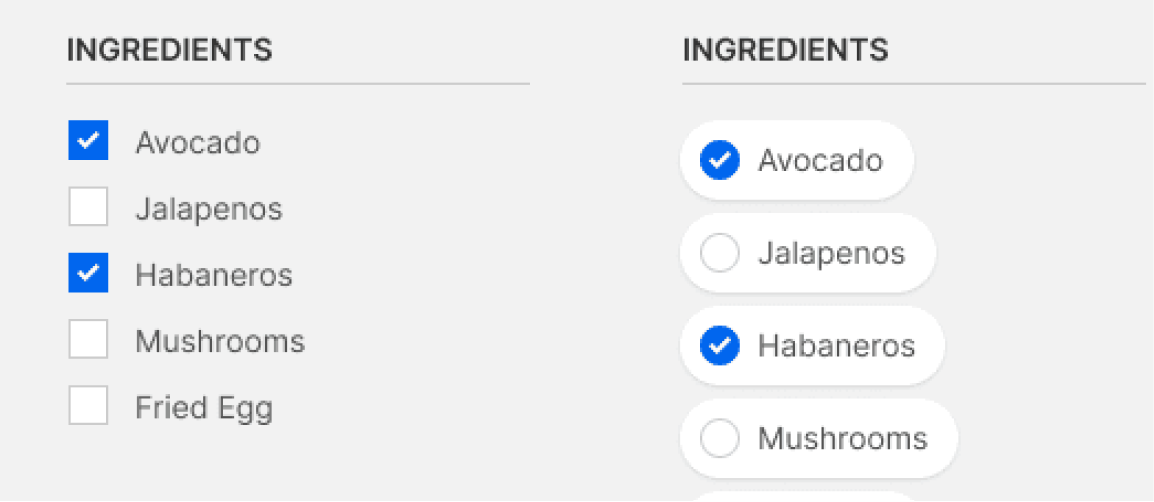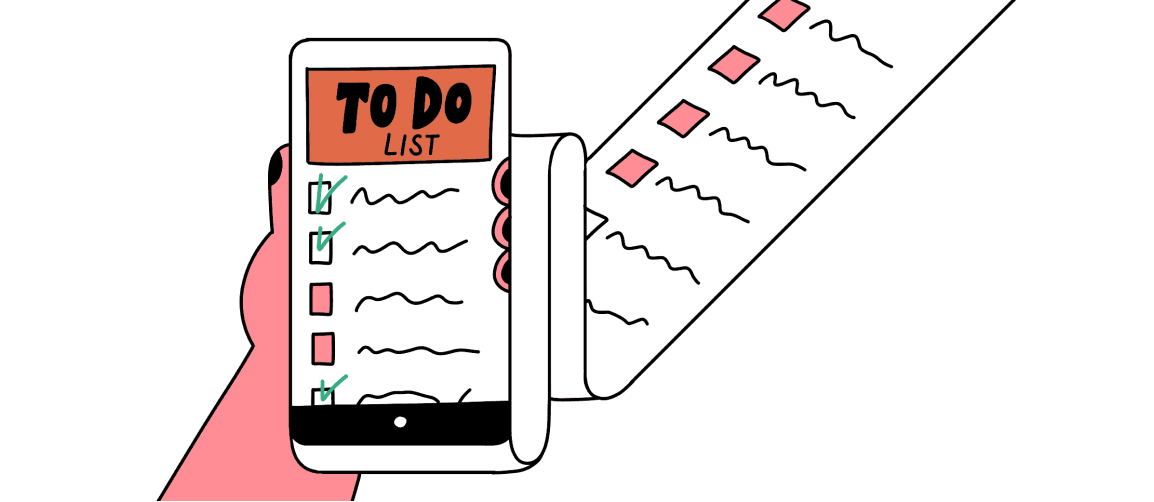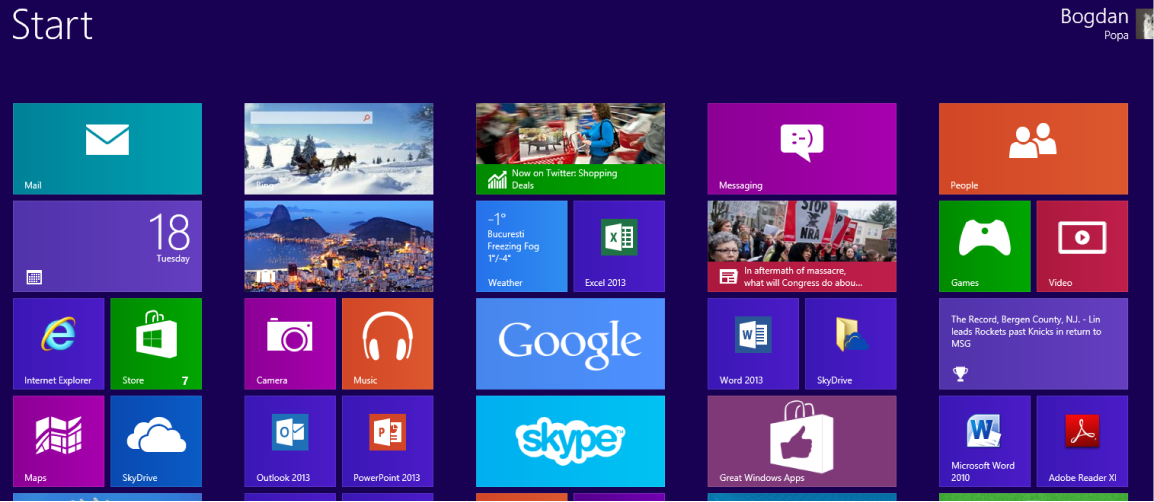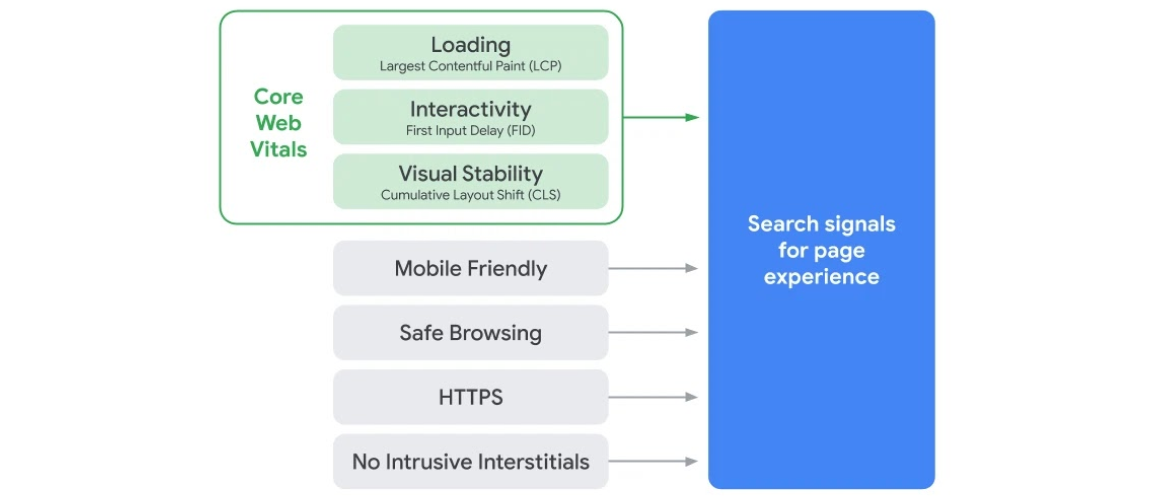- |
- |

Like much of 2020, the holiday season is expected to look quite different this year — and this extends way beyond wearing a mask to the mall.
Of course, this is largely dependent on where we are in the world. While some are able to celebrate with family and friends, others are arranging Oscar-level Zoom parties. And let’s not forget, some are doing nothing at all. Yet during a horror year, when ordinary people were extraordinary, there’s an incredible sense of togetherness. It seems, no matter how physically distanced we are, the collective experiences we’ve endured have brought us closer together. In honour of this, the theme for November Super8 is compassion.
Whether it’s adding a more empathetic context in your design choices, helping to bring a scientific approach to your “To Do list”, or elevating your scheduling to make your Project (or Christmas Lunch) run smoothly, this month’s choices are all about helping. If you’re looking for innovation inspiration, then Jerry Seinfeld has some great tips (it can spring from the darndest of places). And after all this, we think you probably deserve some awe inspiring learning at one of 20+ digital agency conferences in 2021.
Lastly, 2020 has been called The Great Realisation. Is it? I leave you with some words to consider from that widely shared piece. Because, as the world starts to return to COVID-Normal, I wonder if we have learned anything? We have the opportunity to evolve. To not return to a past version of normal, but to enter a new, future-normal. But will we? I’ll let you be the judge…
1. 10 usability mistakes most designers make on checkboxes.

- Read the full article here.
- Article by: Anthony Thomas.
- Contributed by: Bridget Noonan.
Who knew that using checkboxes could be such a minefield? When is a checkbox the right component to use? What’s the most usable way to display them?
Questions you should ask, but ones that many designers fail to consider. This article looks at the ten most common mistakes designers can make, and how they can create usability issues when using them in the wrong context.
2.Be a Schedule Builder, Not a To-Do List Maker
- Read the full article here.
- Article by: Nir Eyal.
- Contributed by: Rowan Barnes.
In this article, behavioural designer Nir Eyal reveals the hidden dangers of to-do lists. Likening our favourite organising tactic to a faulty operating system, he explains that many of us never actually finish everything we said we’d do – and that seems very familiar.
Nir explains the value in taking a more scientific approach using a schedule builder.While to-do list devotees keep a running register of all the things they promise to get done, he explains that using a schedule builder to make a weekly time-boxed calendar is the right way to go.
His theory is that planning in advance how you intend to spend your time is the only way to know the difference between traction (what you said you would do) and distraction (anything else).
3.The future of brand strategy: It’s time to ‘go electric’.

- Read the full article here.
- Article by: Phyllis Rothschild.
- Contributed by: Daniel Banik.
Data shows that as choices and channels increase, brand trustworthiness is more important to consumers than ever.
Strong brands consistently outperform the market.
This article investigates how, as brands draw their power from three sources: science (insights generation and performance measurement), art (creativity), and craft (management and execution).
However, in times of rapid change, strong brands particularly need to build on their robust foundations and build themselves as brand innovators. Because even the best brands, it seems, can benefit from new methods and approaches.
4.What agency conferences will you attend in 2021?

- Read the full article here.
- Article by: Karl Sakas.
- Contributed by: Claire Grainger.
Trying to decide what to attend as an agency leader? Here are 20+ digital agency conferences to consider in 2021.
Schedules still may be up in the air, with a lot of “TBD” placeholders, but these curated recommendations include 20+ events to consider—in chronological order.
There is a heavy focus on the U.S., but one of the true benefits of the growth of the interconnected world is that this no longer feels too far away. With registrations to virtual events becoming a more global phenomenon, I wonder whether we will start to learn more as a collective – and bring the world closer together than ever before.
Who knows. But right now I’m heading to Los Angeles, via my home office!
5.The way we train AI is fundamentally flawed.

- Read the full article here.
- Article by: William Douglas-Heaven.
- Contributed by: Zoe Warne.
There’s a problem with the process used to build most of the machine-learning models we use today. We can’t tell if they will work in the real world or not.
This article investigates the thought that artificial Intelligence isn’t the panacea to all our data problems. It’s no secret that AI machine-learning models often fail in real settings.
This is typically put down to a problem known as data shift. Now, in this article, a group of 40 researchers across seven different teams at Google have identified another major cause for the common failure of machine-learning models.
6. Life’s work: an interview with Jerry Seinfeld.

- Read the full article here.
- Article by: Daniel McGinn.
- Contributed by: Sarah El-Atm.
After years as a stand-up performer, Jerry Seinfeld is drawing viewers and accolades, this time for his inventive online talk show, Comedians in Cars Getting Coffee.
An oldie but a goodie, this short, yet wide-ranging interview packs a punch – covering everything from what inspires this doyen of comedy, through to his performance rituals and great tips of innovation.
A hint? Start with what you’re sick of, and go from there.
7. The evolution of visual design.

- Read the full article here.
- Article by: Amal Bansode.
- Contributed by: Tim Copland.
Where design and graphics used to be funky and complicated, this has made ways for more comprehensible, ‘simple’ graphics. But where did this idea of ‘flat’ design emerge from?
This article describes the history of ‘flat’ design and the concepts of ‘minimalist’, ‘clean’, and ‘modern’. Two years after writing, this article holds true in its predictions.
Perhaps the rise of Neomorphism is the next evolution or just a blip in the trend?
8. Timing for bringing page experience to Google search.

- Read the full article here.
- Article by: Google.
- Contributed by: Tim Copland.
In May, Google announced that page experience signals would be included in Google Search ranking. This combines page speed, mobile friendliness, security and a few other important pointers.
These signals measure how users perceive the experience of interacting with a web page are designed to ensure people get the most helpful and enjoyable experiences from the web.
They have, of course, also provided the tools and resources to make it easier for us to create great websites, and build a web ecosystem that users love.
More Articles
Up for some more?
Get your monthly fix of August happenings and our curated Super8 delivered straight to your inbox.
Thanks for signing up.
Stay tuned, the next one isn't far away.
Return to the blog.
